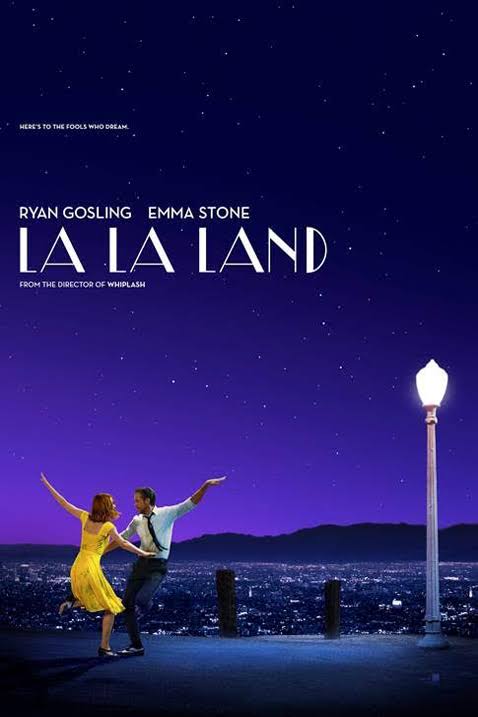
“La La Land” is proof that youthful ambitions paired with old Hollywood charm and musicality is a match made in heaven. Throughout the film we have characters using iPhones in a setting with people driving the latest cars in modern fashion, and yet with the music, choreography and cinematography director Damien Chazelle has made us feel nostalgic for a time that many of us have never experienced.
Almost all the elements in this story have been done before from the “Boy Meets Girl” plot line to the musical scores inspired by jazz age music, but what makes this film a serious contender for the 2017 Oscars is that it still managed to present all of these old elements in a new light. It surprises audiences and captures the attention of a generation that never had a direct theater experience with 1950’s American musical culture.
The story centers around Mia (Emma Stone), a struggling, aspiring actress trying to make her mark and find her breakout role, but in the meantime, is working as a barista at a coffee shop. Then enters the boy, Sebastian (Ryan Gosling), he’s a small time musician trying to make ends meet by playing wash out tunes like Jingle Bells at a stuffy restaurant during the holidays, but he has dreams of bringing back jazz music by starting a nightclub.
Their love takes some time to develop after they have a few encounters, such as Mia flicking off Sebastian for beeping his horn at her on the highway to her meeting him again at the restaurant, where he performs. Then, the two meet again at a party, argue some more and then fall in love. They connect and grow when they both share their passions with one another, and they build each other up and make the other push themselves to be more.
Their adventures together, going to jazz clubs and dancing under stars, is exaggerated by gorgeous choreography and cinematography. While at times a bit corny with the extreme images of floating in the stars and the world fading out to capture the internal feelings we feel when we are with the person we love. It makes us think back to a time in our lives when we felt that magic when we were with someone. Yes, some of the scenes were exaggerated and a bit silly at times, but they captured the over-the-top feel of romantic films/musicals set in the 1950’s, which adds to the overall aesthetics.
By the end of the film, they became successful because of the other, and they both got what they wanted. Both are ambitious and hungry for more out of life, which is what makes them so relatable to audiences.
What seals the deal for audiences is the overarching moral that life is filled with a series of decisions and compromises that we have to take, and sometimes to achieve the dreams that we hold dear, it could mean saying goodbye the ones that we love. This is a timeless message that could apply to anyone from any generation, so the modern setting accompanied with the nostalgic music brings home that point even further.
Furthermore, the music in the film is what stole the show and really brought the audience into “la la land” dream world. What is amazing about the direction of the musical scores is that while Justin Hurwitiz, Justin Paul and Ben Pasek used a style that even some of our great grandparents would know, the lyrics and instrumentals were still unpredictable to the audience.
Unlike “Glee” or the 2016 animated film “Sing,” that used exhausted remixes of songs that every 18 to 25-year-old has memorized like “Don’t Stop Believing.” “La La Land” uses a familiar style of big band jazz and draws from 1950’s musicals, but the music is still fresh for a modern audience.
The film could have easily done something similar by remixing familiar songs by Nat King Cole, Peggy Lee or some of the other jazz giants of the 20th century, but Hurwitiz, Pail and Pasek came to the party with original numbers, but were still able to stay true to the film’s old Hollywood aesthetics.
